
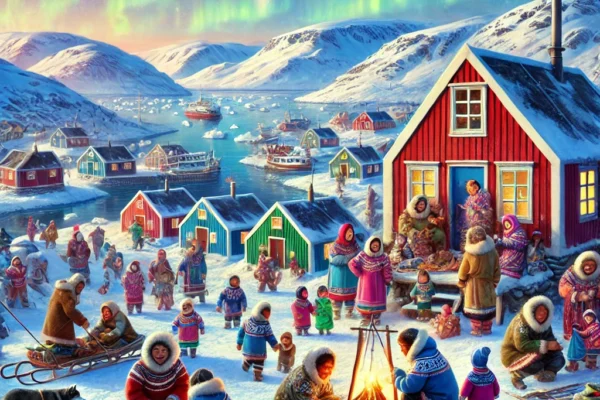
The Greenlandic Way of Life: How People Thrive in the Arctic
Introduction to Greenland’s Unique Environment Greenland, the world’s largest island, is renowned for its dramatic landscapes and unique geographical features, characterized by vast ice sheets, rugged mountains, and expansive tundra. Encompassing an area of approximately 2.166 million square kilometers, over 80% of its surface is covered by an ice cap, which profoundly influences the island’s…
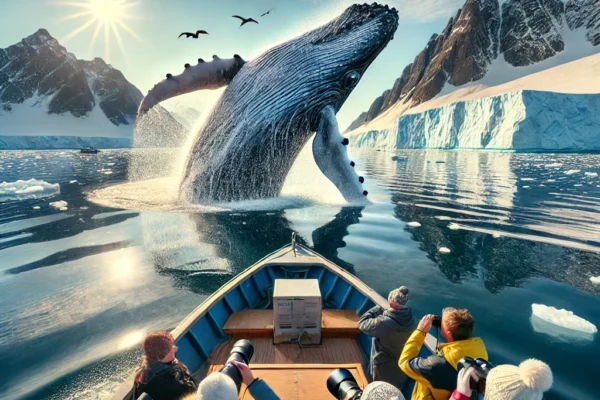
Exploring the Majestic Waters: Why Greenland is One of the Best Places for Whale Watching
Introduction to Greenland’s Marine Life Greenland, a vast land of ice and adventure, is not only recognized for its stunning landscapes and indigenous culture but also for its extraordinary marine life. The waters surrounding this arctic island act as a critical habitat for a diverse range of whale species, making it a prime location for…
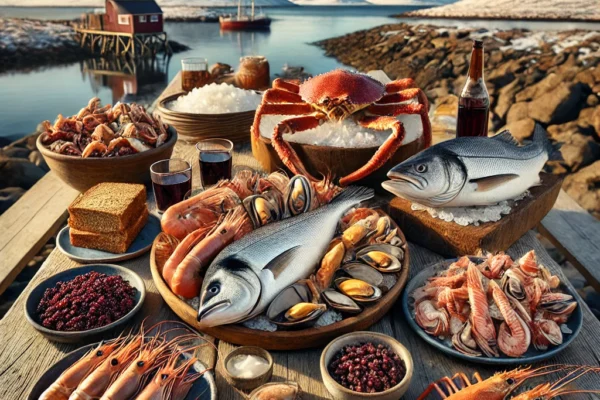
Greenland’s Seafood Delicacies: A Taste of the Arctic Ocean
Introduction to Greenland’s Culinary Heritage Greenland‘s culinary heritage is deeply intertwined with its geography, cultural practices, and the prevailing Arctic climate. As one of the largest islands in the world, its harsh environment and isolation have fostered a unique food culture, primarily centered on the sea. The role of seafood in Greenlandic cuisine cannot be…
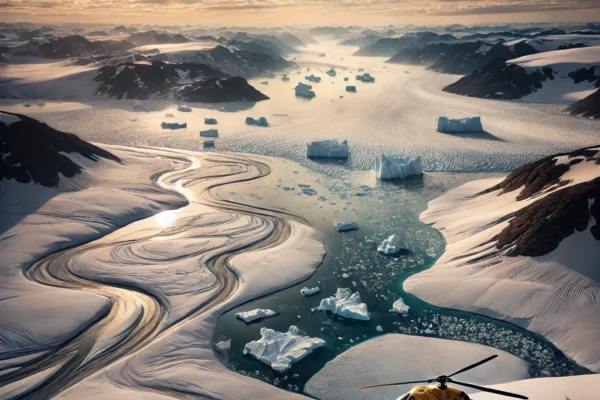
Why Greenland is a Global Hotspot for Climate Research
Introduction to Climate Change and Greenland Climate change represents one of the most pressing challenges facing humanity today, manifesting through rising temperatures, shifting weather patterns, and increasing frequency of extreme weather events. Its effects ripple across the globe, influencing ecosystems, agriculture, and human populations alike. As greenhouse gas emissions continue to escalate, understanding these changes…
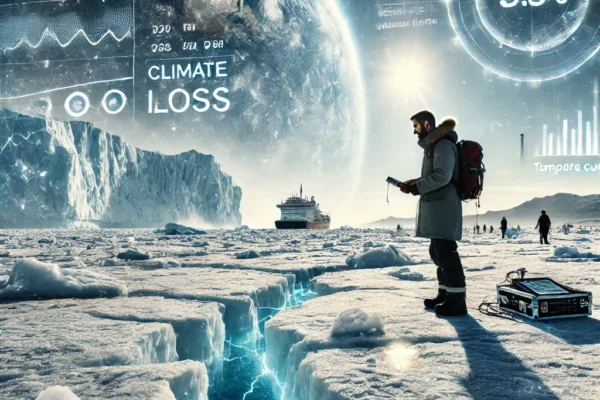
The Critical Role of Greenland’s Ice Sheet in Global Climate Dynamics
Introduction to Greenland’s Ice Sheet The Greenland Ice Sheet is one of the most significant geographical features on Earth, occupying an area of approximately 1.71 million square kilometers, which is roughly equivalent to three times the size of France. This vast expanse of ice plays a crucial role in the Earth’s climate system and is…
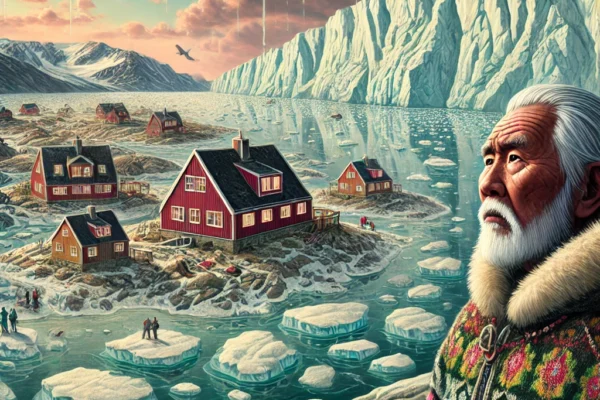
The Impact of Climate Change on Greenland’s Indigenous Communities
Introduction to Climate Change and Greenland Climate change refers to the long-term alteration of temperature and typical weather patterns in a place. It is primarily driven by human activities, especially the burning of fossil fuels, which release greenhouse gases into the atmosphere, causing the Earth’s temperatures to rise. This phenomenon has ramifications that extend beyond…
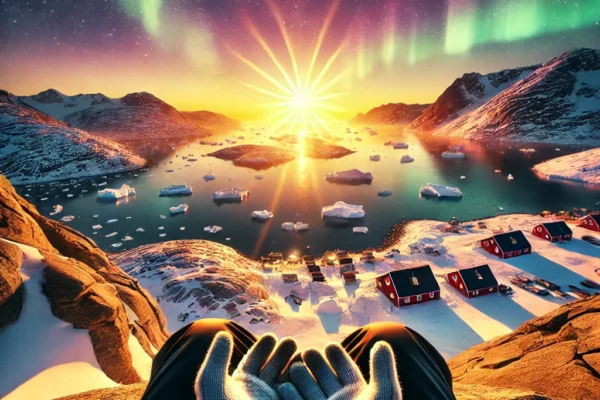
Experiencing the Midnight Sun and Polar Nights in Greenland
Introduction to the Unique Phenomena Greenland, with its striking landscapes and remote location, offers a unique experience characterized by the phenomena known as the midnight sun and polar nights. These natural occurrences arise from the tilt of the Earth’s axis and its orbit around the Sun, creating scenarios where sunlight is abundant or scarce at…

The Importance of Variety: Ensuring a Range of Nutrients in Your Diet
Understanding Nutrient Diversity Nutrients are compounds that our bodies require to function effectively, and they can be classified into two primary categories: macronutrients and micronutrients. Macronutrients include proteins, carbohydrates, and fats, which are required in larger quantities to provide energy and support bodily functions. Proteins are essential for tissue repair and muscle growth, carbohydrates serve…
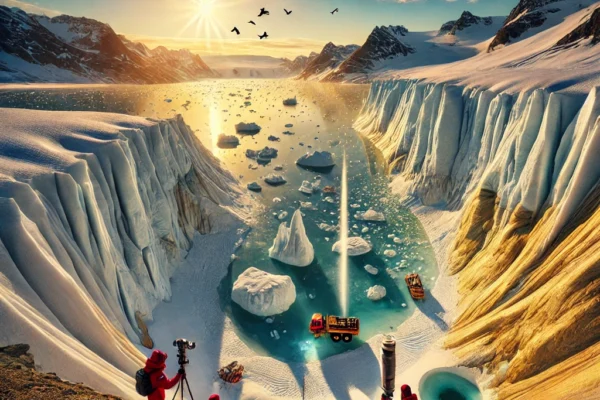
What Greenland’s Glaciers Can Teach Us About the Future of Our Planet
Introduction to Greenland’s Glaciers Greenland‘s glaciers represent one of the most significant and distinct features within the Earth’s cryosphere. Covering approximately 1.7 million square kilometers, the Greenland Ice Sheet is the second-largest body of ice in the world, following Antarctica. This colossal ice mass plays a critical role in the global climate system, acting as…
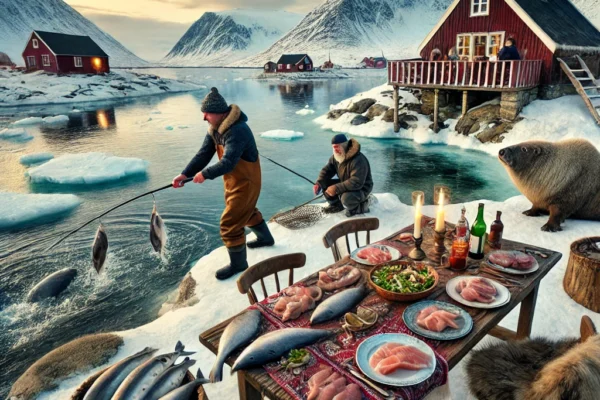
The Role of Fishing and Hunting in Greenlandic Cuisine
Introduction to Greenlandic Cuisine Greenlandic cuisine serves as a fascinating reflection of the territory’s unique geography and climate, heavily influencing the food available to its inhabitants. The harsh Arctic environment, characterized by extreme temperatures and limited agricultural possibilities, necessitates a reliance on traditional hunting and fishing practices. As a result, the culinary landscape of Greenland…













